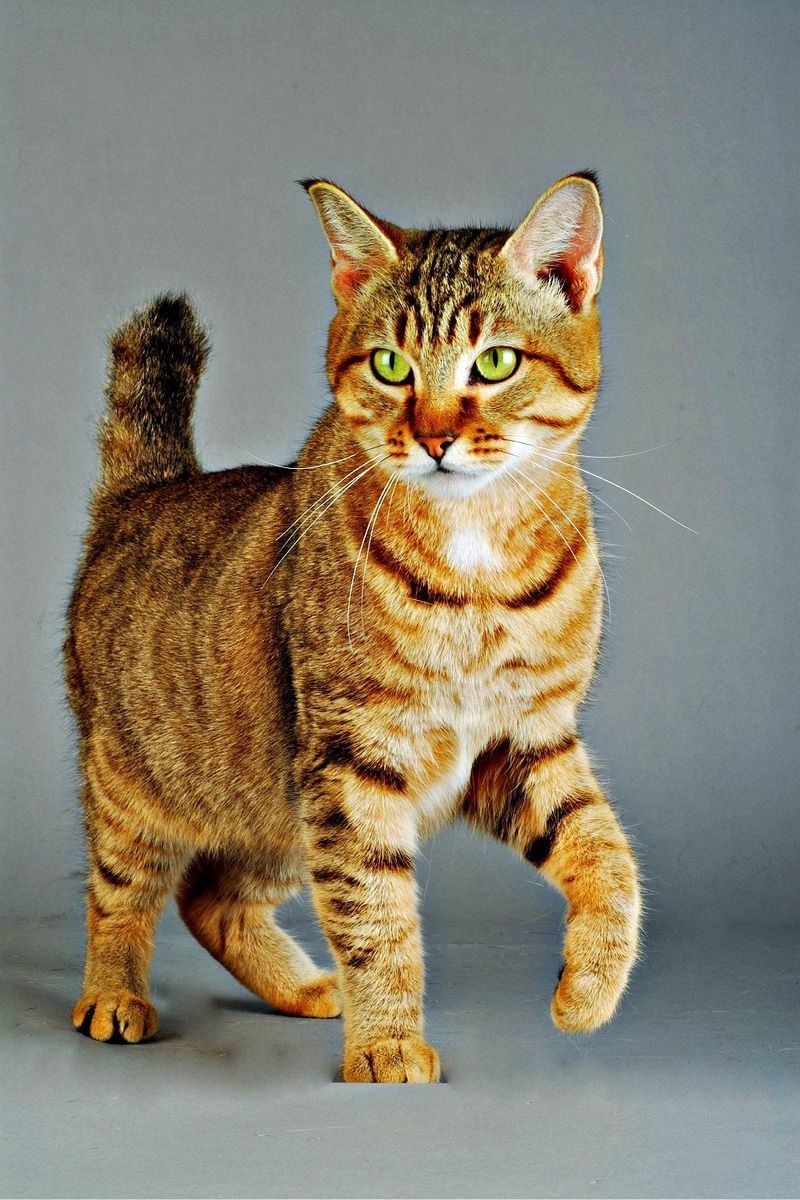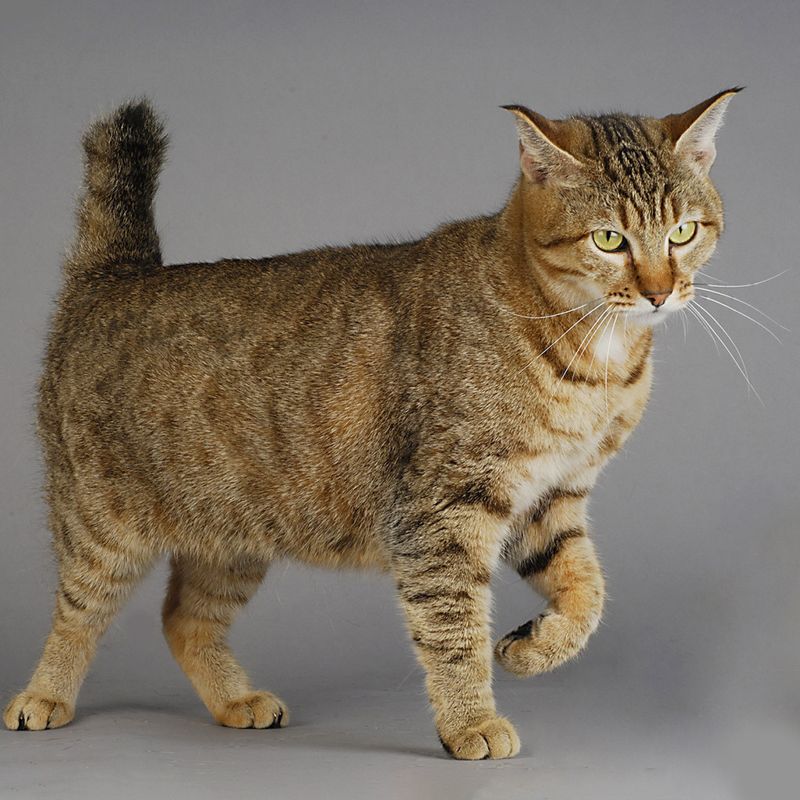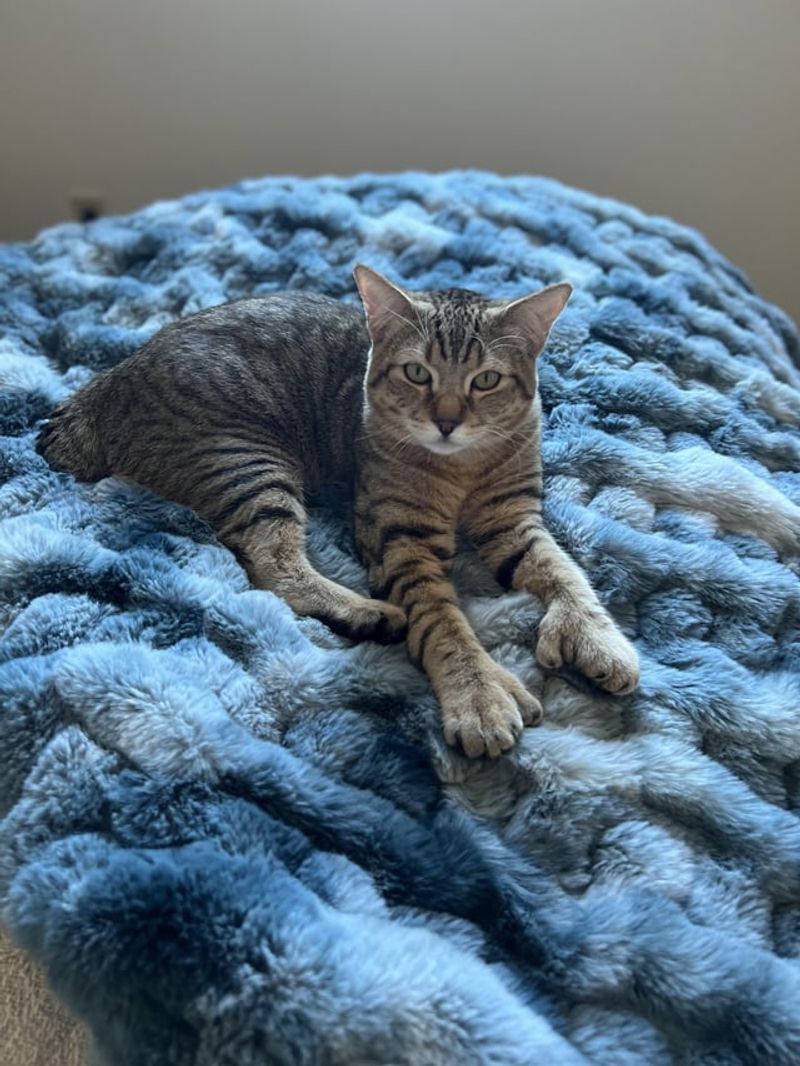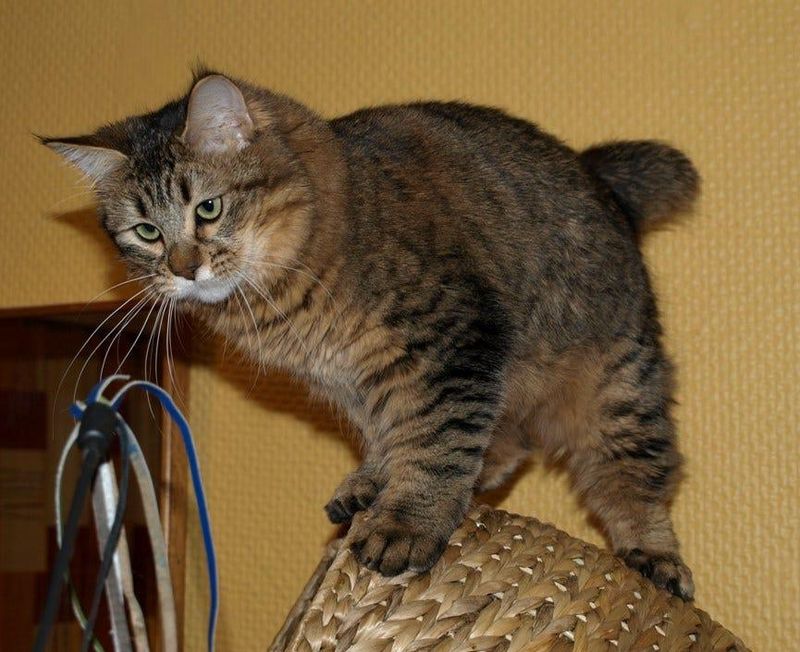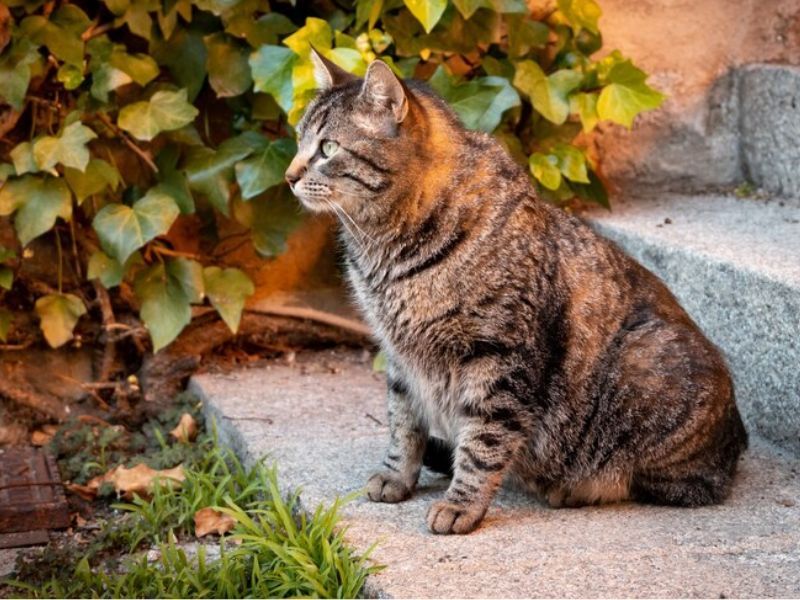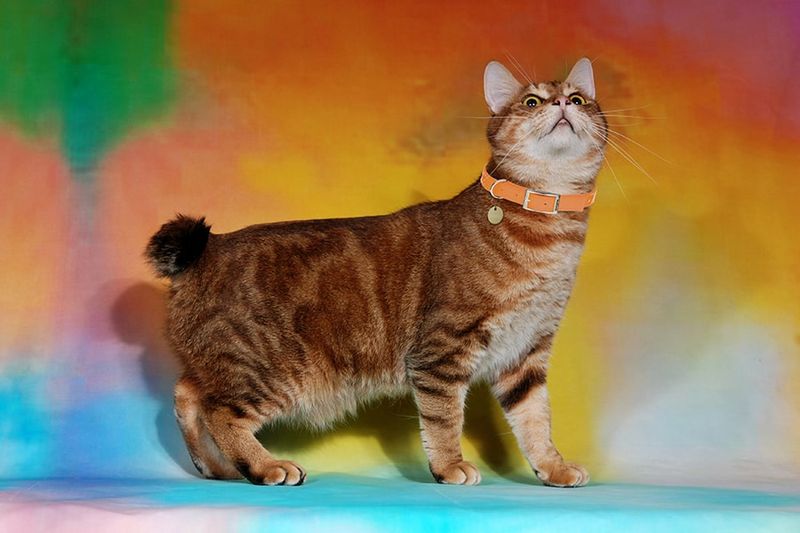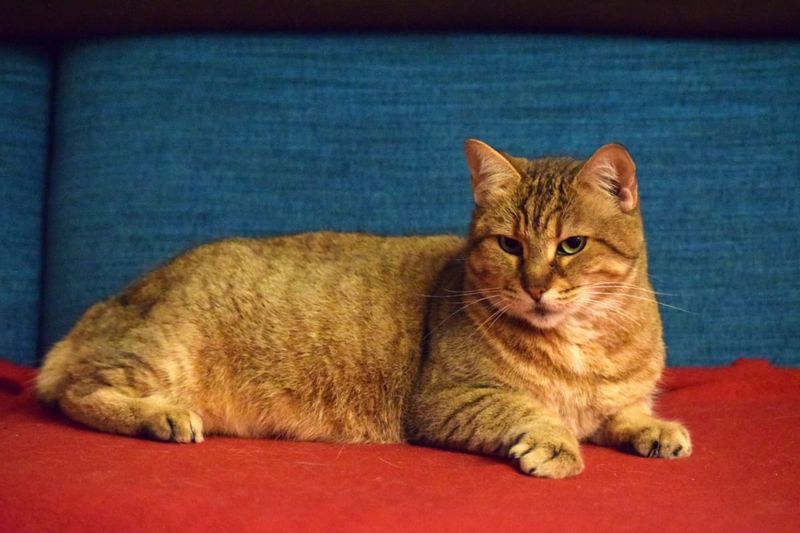📖 Table of Content:
At first glance, the Pixie-bob might seem like a creature from the wild. With its rugged looks and bobbed tail, it gives off serious “mini bobcat” vibes—enough to make any cat lover do a double take. But behind that feral façade lies one of the most gentle, people-loving domestic breeds out there.
Pixie-bobs have carved out a unique niche in the feline world thanks to their unusual features, curious behaviors, and mysterious origin story. While many cat breeds share overlapping traits, Pixie-bobs defy convention at nearly every turn. From their slow maturation to their dog-like loyalty, they offer a distinctly different pet experience from what most people expect in a cat.
This article breaks down the seven most fascinating traits that separate Pixie-bobs from the pack. Whether you’re considering bringing one home or you’re just intrigued by rare breeds, these characteristics will show you what makes this breed such an extraordinary companion. Let’s explore what makes Pixie-bobs so captivating, one quirky trait at a time.
1. Wild Appearance, Domestic Heart
One of the Pixie-bob’s most striking features is its unmistakably wild appearance. Covered in a dense, often spotted coat and sporting tufted ears, these cats resemble miniature bobcats more than house pets. Unlike breeds like the Siamese or British Shorthair, Pixie-bobs exude an air of wilderness without any of the temperament that comes with wild ancestry. Their muscular builds, deep-set eyes, and expressive facial structure further add to their exotic charm. Despite the bobcat look, Pixie-bobs are known for being deeply affectionate and human-centered. They thrive on companionship, often forming tight bonds with their families and showing patience with kids and even dogs. This blend of rugged looks and gentle nature is a key reason people fall in love with the breed.
2. Naturally Short Tails
The bobbed or missing tail is perhaps the Pixie-bob’s most iconic physical trait. Seen as a genetic quirk rather than a deformity, this feature gives them a rugged and rustic edge that feels entirely natural. Some individuals are born completely tailless, while others have short, expressive stubs that wag with excitement. It’s not a result of injury or docking, but rather a naturally occurring mutation that has been embraced by the breed standard. This tail variance gives each Pixie-bob a distinctive silhouette that sets them apart from long-tailed breeds like the Abyssinian or Maine Coon. Because the tail is an important part of feline communication, Pixie-bobs use more body language and vocalizations to interact. As a result, owners often feel more connected to their Pixie-bob’s emotional world.
3. Polydactyl Paws
Sporting more toes than the average feline, Pixie-bobs often come equipped with oversized, polydactyl paws. Not only do these extra digits give them a quirky and endearing look, but they also enhance climbing and gripping abilities. Unlike most breeds where polydactyly is considered a fault, Pixie-bobs embrace it, and it’s even celebrated in show standards. Some cats may have up to seven toes per paw, making them natural-born explorers and climbers. This trait is believed to have developed to support their sturdy, ground-hugging builds. It gives the impression of a cat that’s both rugged and agile, always ready for an outdoor adventure—or at least to conquer the kitchen counter. Their paws alone can be a conversation starter for curious visitors.
4. Dog-like Behavior
Pixie-bobs display a set of behaviors more commonly associated with dogs than with cats. Many are easily leash-trained, enjoy walks, and come when called—something few other feline breeds can claim. Their loyalty is profound; they often shadow their favorite humans from room to room. While most cats prefer independence, Pixie-bobs are happiest when involved in family activities. This makes them ideal for owners seeking a companion animal that participates in daily life rather than watching from afar. They’re also known for playing fetch, riding in cars, and greeting guests at the door. These dog-like tendencies turn them into delightful, full-time companions.
5. Chirps and Chatters Instead of Meows
Pixie-bobs have a vocal style all their own, often using trills, chirps, and growls instead of standard meows. This unique “language” is soft and expressive, giving them a voice that’s more musical than demanding. Their sounds can resemble bird calls or gentle grunts, which adds a layer of humor and charm to their presence. Rather than waking you with a yowling meow, they might gently chirp by your bed for attention. These subtle sounds allow them to communicate mood and needs without becoming overwhelming. Unlike talkative breeds like the Siamese, Pixie-bobs tend to use their voices sparingly but meaningfully. Many owners come to recognize a specific tone for greetings, requests, or even mild protest.
6. Slow-Maturing Breed
While most cats reach full size and temperament maturity within their first year, Pixie-bobs take their time. It’s not uncommon for them to continue growing physically and emotionally until age 3 or 4. This slow development means their kitten-like curiosity and energy last longer than in typical breeds. Owners often find themselves enjoying an extended “kittenhood,” filled with playful antics and learning moments. This gradual growth also results in strong, well-proportioned adult cats with balanced temperaments. Because they change so much over time, every stage of a Pixie-bob’s life feels fresh and new. It’s like watching a slow-motion transformation that keeps you engaged for years.
7. Origin Story Rooted in Legend
Unlike breeds with traceable lineage, the Pixie-bob has an origin steeped in myth and mystery. Many stories claim they descended from natural matings between domestic cats and wild bobcats in the Pacific Northwest. Although DNA tests have shown no wildcat genes, the rumor persists and adds to the breed’s allure. The name itself comes from “Pixie,” one of the original cats discovered by breed founder Carol Ann Brewer. Her goal was to preserve and promote these wild-looking yet domestic animals. This legendary beginning sets them apart from more deliberately engineered breeds like the Scottish Fold or Sphynx. Whether fact or folklore, the origin story gives Pixie-bobs an air of mystique that’s hard to resist.

